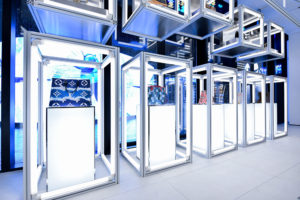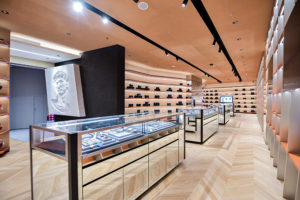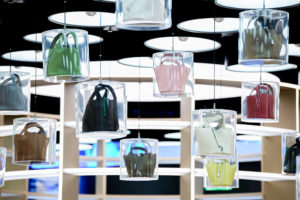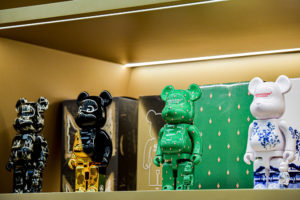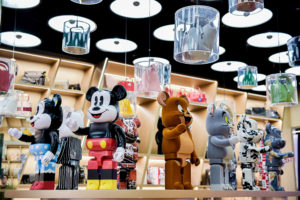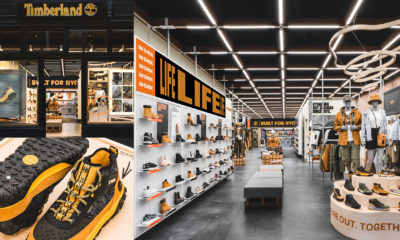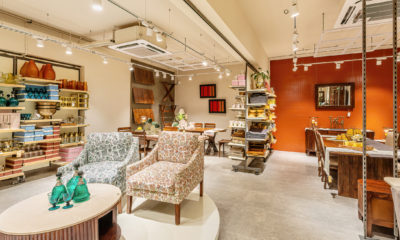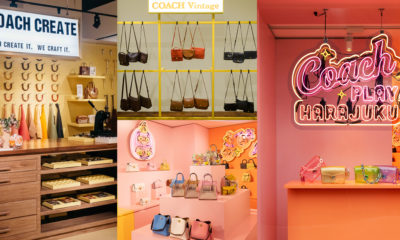RECENTLY OPENING ITS first brick-and-mortar flagship in the fashion epicenter Sanlitun, an area in the Chaoyang District in Beijing, digitally native brand Ponhu’s 12,916-square-foot space (1200 square meters) was hard to come by, and even harder to design in a four-month timeline. Aiming to alter the negative connotation “secondhand” sometimes has in China, according to the co-founders of Unfoldesign (Beijing), Ponhu’s posh interior serves as a “transit station” for luxury goods.
“Our goal was to downplay the ‘secondhand’ aspect of Ponhu and personify Ponhu as a connoisseur of fashion and lifestyle,” says Joseph Chieng, Co-Founder of Unfoldesign (the firm responsible for the store’s design), explaining the name “Ponhu” was inspired by the brand owner’s cat. “This led us to designing a creative space of how we imagined Ponhu lives his life.”
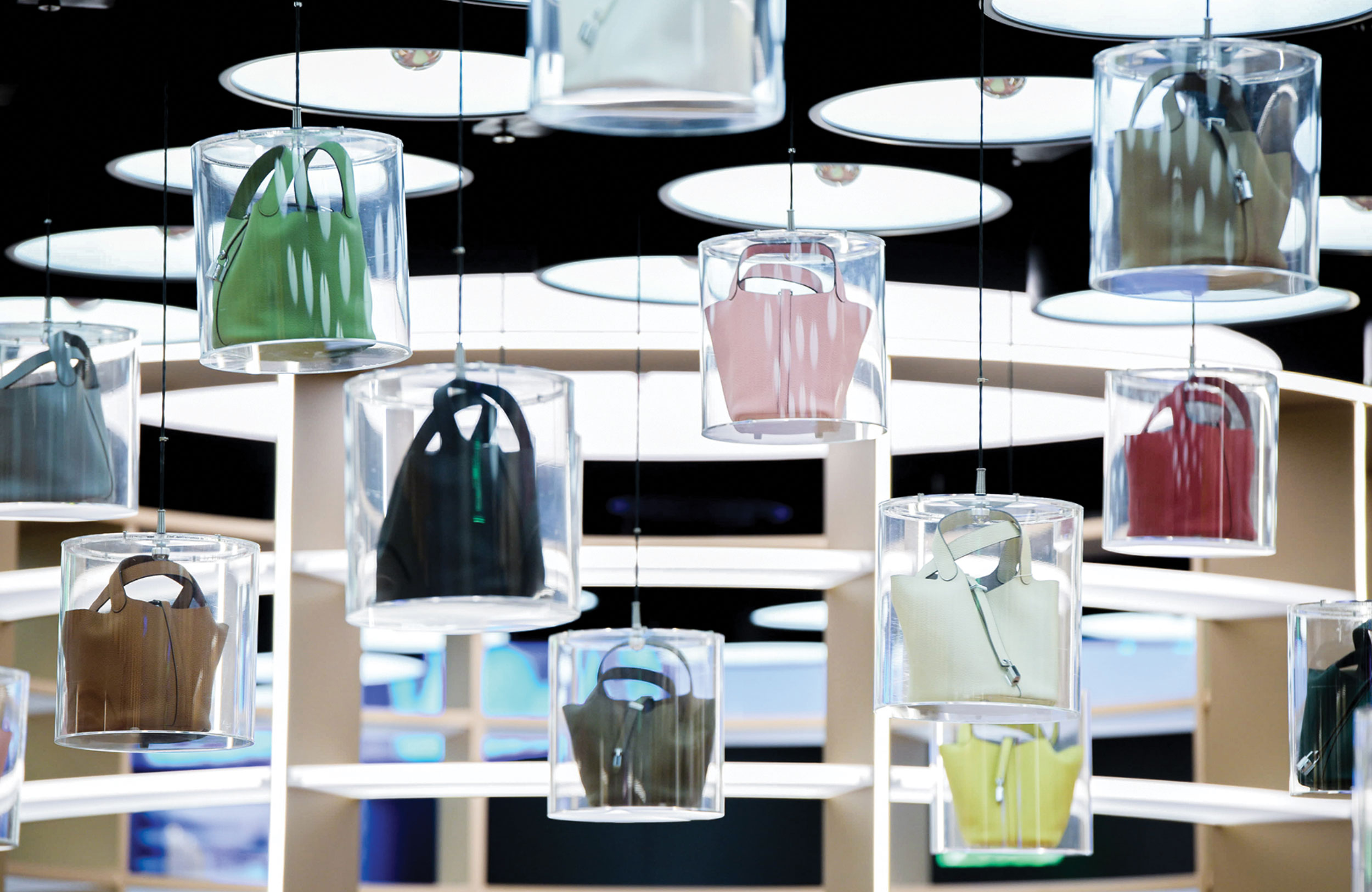
Five themed zones (dubbed Civil Culture, Precision Manufacturing, Entertainment, Glimpse of the Future and Spiritual [Fortress]) aim to enhance the customer experience in store, each tailored to a various type of consumer. “Our intended purpose, different from other luxury brands, was to create a sea of products, which we hoped [would] downplay the affordability of these products,” says Queena Qiao, Co-Founder of Unfoldesign.
The themed zones work to funnel shoppers toward the back of the space where along their journey they’ll encounter limited edition products, watches and jewelry, a VIP salon and recycling booths. Each zone features a distinct aesthetic, especially the Entertainment Zone which focuses on art and uses collectible toys paired with “floating bags” to draw attention. Another standout is the Civil Culture zone with eye-catching lightboxes and dense shelving which represents crisscrossing roads.
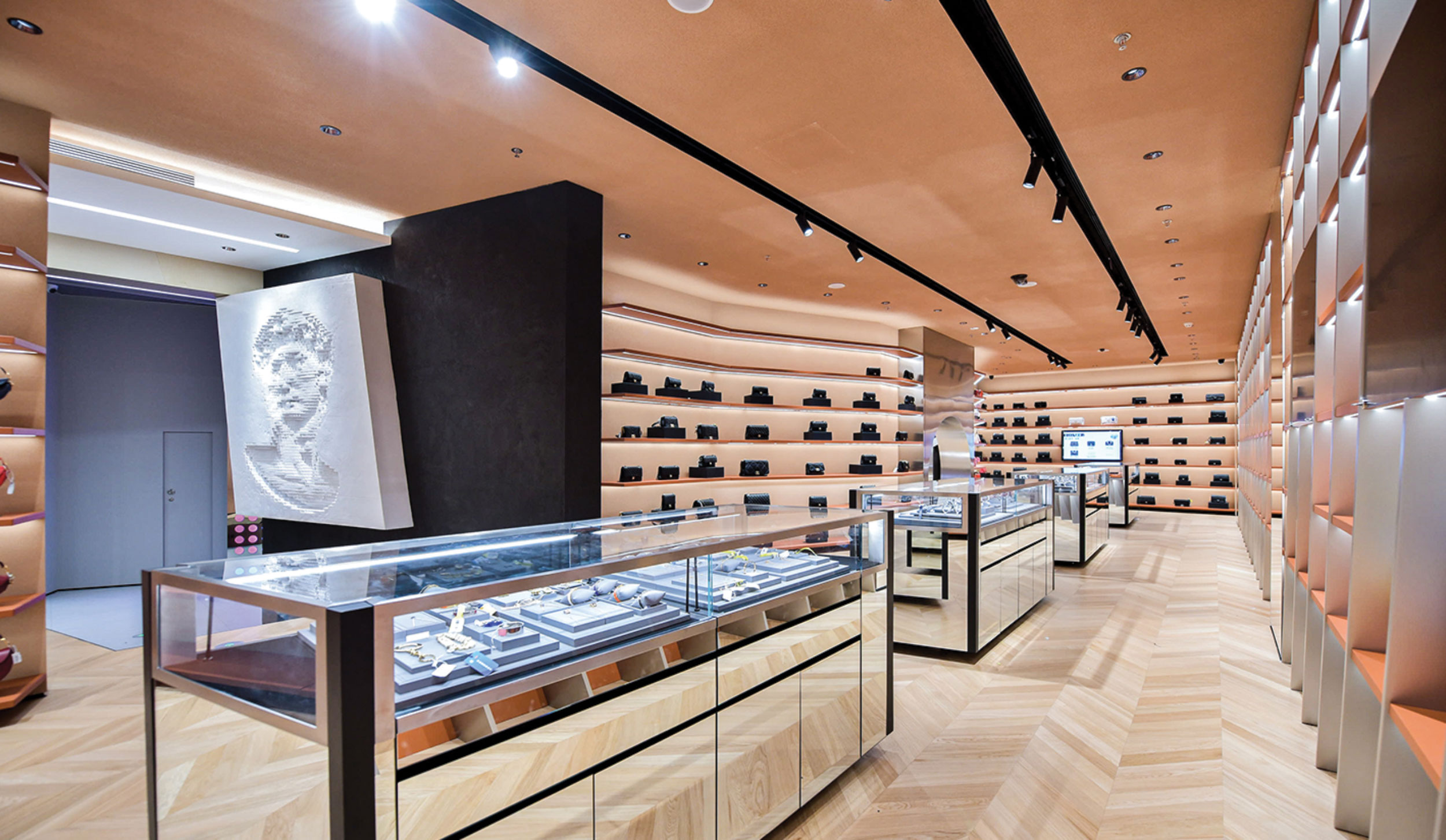
Due to the popularity of claw machines in the local area, references like mechanized arms and floating merchandise are plentiful.
Advertisement
On the store’s exterior, a mechanical window display attracts passersby with its constantly rotating patterns and movements that change with the time of day.
Ponhu also offers “store streaming,” a literal livestream allowing customers to shop between 11 p.m. to roughly 3 or 4 a.m., after the physical store has closed for the day. Amplifying the streaming experience is a unique backdrop with spatial depth that displays the goods.
In order to create a more seamless transition between its online and offline experience, Ponhu collects analytical data and utilizes tech like online remote management, hot spot circulation sensors and customer counting – all of which play into future product merchandising. — Sara Wilson
PHOTO GALLERY (7 IMAGES)
📷: Unfoldesign, Beijing
Advertisement
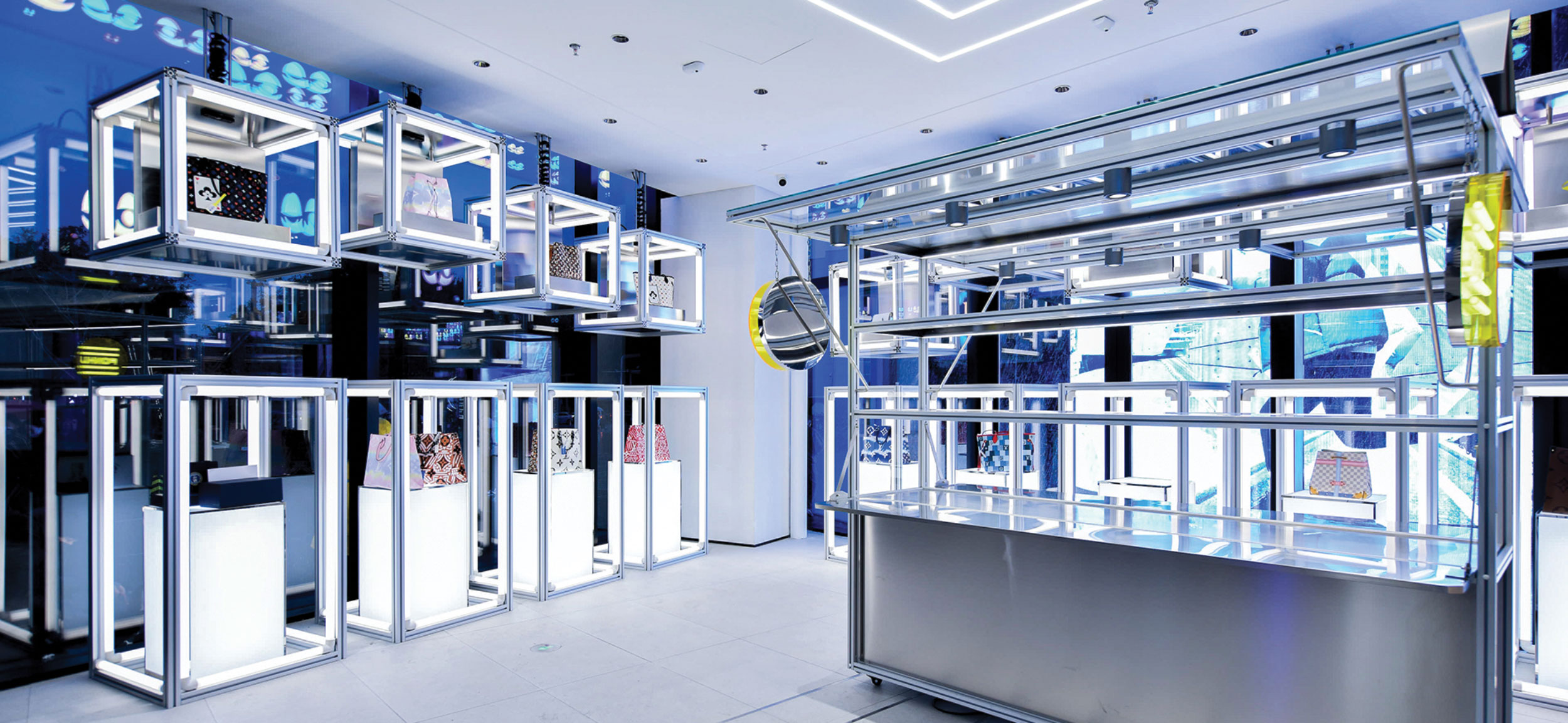

 Photo Gallery1 week ago
Photo Gallery1 week ago
 Headlines4 days ago
Headlines4 days ago
 Headlines1 week ago
Headlines1 week ago
 Headlines2 weeks ago
Headlines2 weeks ago
 Headlines1 week ago
Headlines1 week ago
 Designer Dozen1 week ago
Designer Dozen1 week ago
 Headlines1 week ago
Headlines1 week ago
 Headlines1 week ago
Headlines1 week ago



